THE BBC has announced a “truly diverse” cast for Virdee, a six-part television series adapted from AA Dhand’s crime novel, City of Sinners.
Having a mainly Asian cast playing both heroes and villains is regarded as being a groundbreaking first for British TV.
The tale has a characteristically grim opening: “DCI Harry Virdee stared up the body. Suspended high in the air by a noose around her neck, she hung from the rafters of Bradford’s most beautiful bookshop. She was naked except for a red headscarf wrapped around her face, the decorative detail glistening in the early morning gloom. The quiet was marred only by the stifled cries of the manager, who had already identified one of her members of staff, Usma Khan.”
The lead character of detective chief inspector Hardeep Virdee – the Sikh police chief insists on being addressed as “Harry” Virdee – was going to be played by Sacha Dhawan, but he has pulled out. He been replaced by Staz Nair, who is relatively unknown to British Asian audiences.

Dhawan’s decision is a little odd, because this role would have been probably the biggest in his already glittering career. His talents were recognised by Eastern Eye in 2018 when he was named best actor in film, TV and drama in its Arts, Culture & Theatre Awards (ACTA) for his lead role in the BBC’s The Boy with the Topknot. It was based on Sathnam Sanghera’s memoir, who himself won an ACTA last year in the non-fiction literature category for Empireland.
The cast of Virdee includes another ACTA winner – in 2019, Sudha Bhuchar, who plays Virdee’s mother, Jyoti, was given a special award, jointly with Kristine Landon-Smith, for her “outstanding contribution to the creative industry”. In 1989, they set up the Tamasha Theatre Company, which produced one of its biggest hits in 1996, East is East (later made into a film starring the late Om Puri).
Dhawan said: “I have stepped down from Virdee due to scheduling, but would like to wish everyone the best of luck with the series.”
Nair is said to be of “Indian and Russian descent” and describes himself as “half Malayali”. He played the nobleman Tarak in the Netflix space opera Rebel Moon last year and had a recurring role as Qhono in Game of Thrones seasons six to eight. He said in a statement: “It’s an absolute honour to be taking on this vibrant and complex story about assimilating culture and what we’re willing to do to protect who and what we love. This show leads with vulnerability more than any detective drama I’ve ever seen, and it’s a privilege to be bringing AA Dhand’s hope for his city to life.”
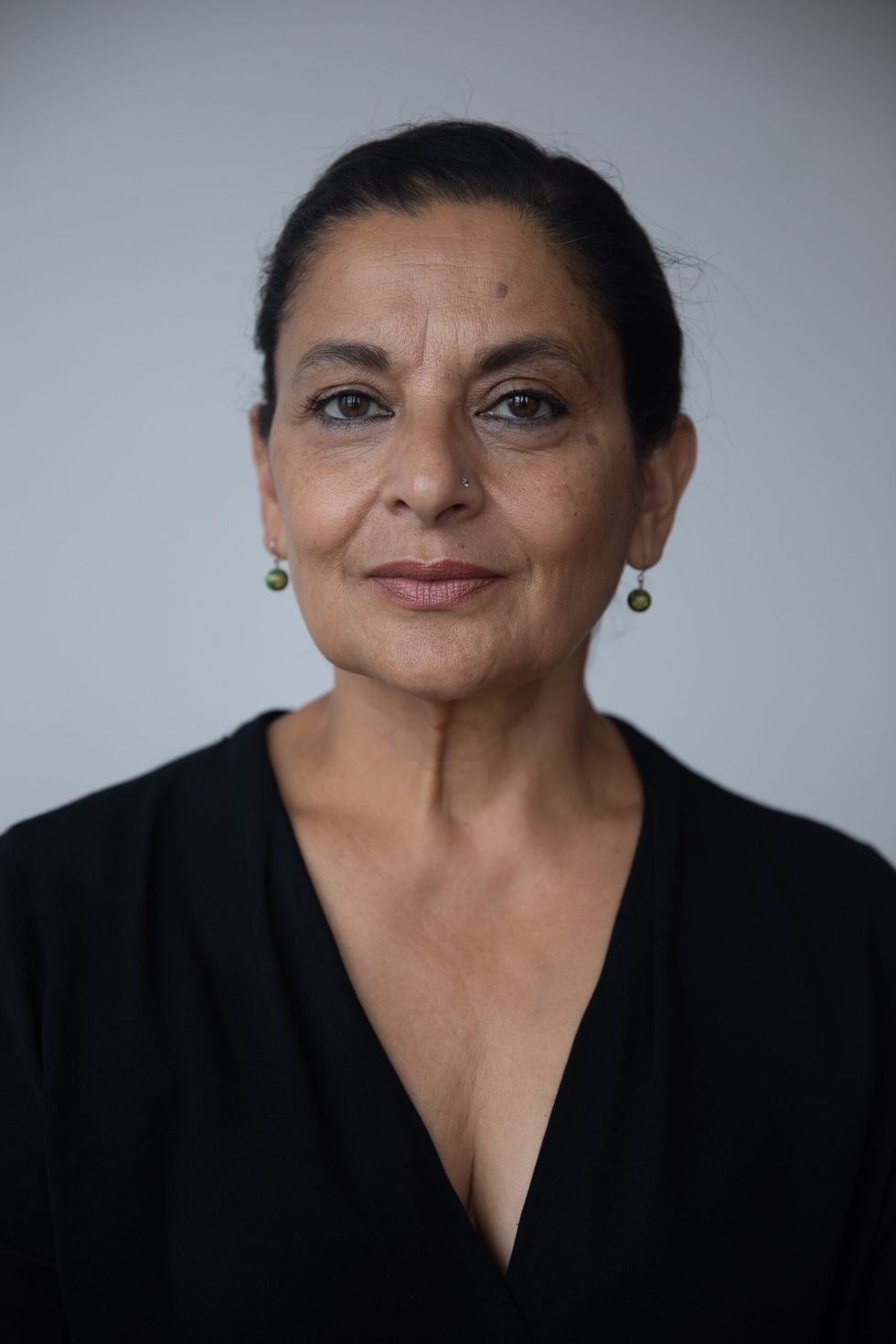
Dhand, who is Yorkshire born and bred, made a special point of setting his story in the British Asian community in Bradford.
Family relationships are nothing if not complicated in the show. Virdee, who is not a practising Sikh, has married Saima, a devout Muslim. This results in both being disowned by their respective families.
The BBC set out the basic story line of the series: “Harry struggles with the abandonment and now with his young son, Aaron, growing up and asking questions, thinks it might be time to attempt to reunite with his family. His personal life in chaos, he must now hunt down a serial killer targeting the Asian community.
“When the murderer kidnaps a local police chief’s son and holds the entire city to ransom, Harry realises he is going to need the help of his brother-in-law Riaz, a drugs kingpin who runs the largest cartel in the county. Pulled together in an alliance that could ruin them both, Harry must make a choice – save himself and his family or save his city. He will not be able to do both.”
Vikash Bhai (Crossfire, Limbo) has been cast as Virdee’s crooked brother-in-law.
One of the rising stars in the British Asian acting fraternity, Aysha Kala, has been cast as Saima. She was brilliant as Vimla, the childhood friend of Mahatma Gandhi’s killer, Nathuram Godse, in the National Theatre’s production of The Father and the Assassin last year. Kala was previously part of the BBC Radio 4 adaptation of Salman Rushdie’s Midnight’s Children and the Channel 4 drama, Indian Summers.
Virdee’s father will be played by veteran actor, Kulvinder Ghir. The police officer has a niece, Tara Virdee, a “keen crime reporter”, who will be played by Nina Singh (The Unlikely Pilgrimage of Harold Fry).
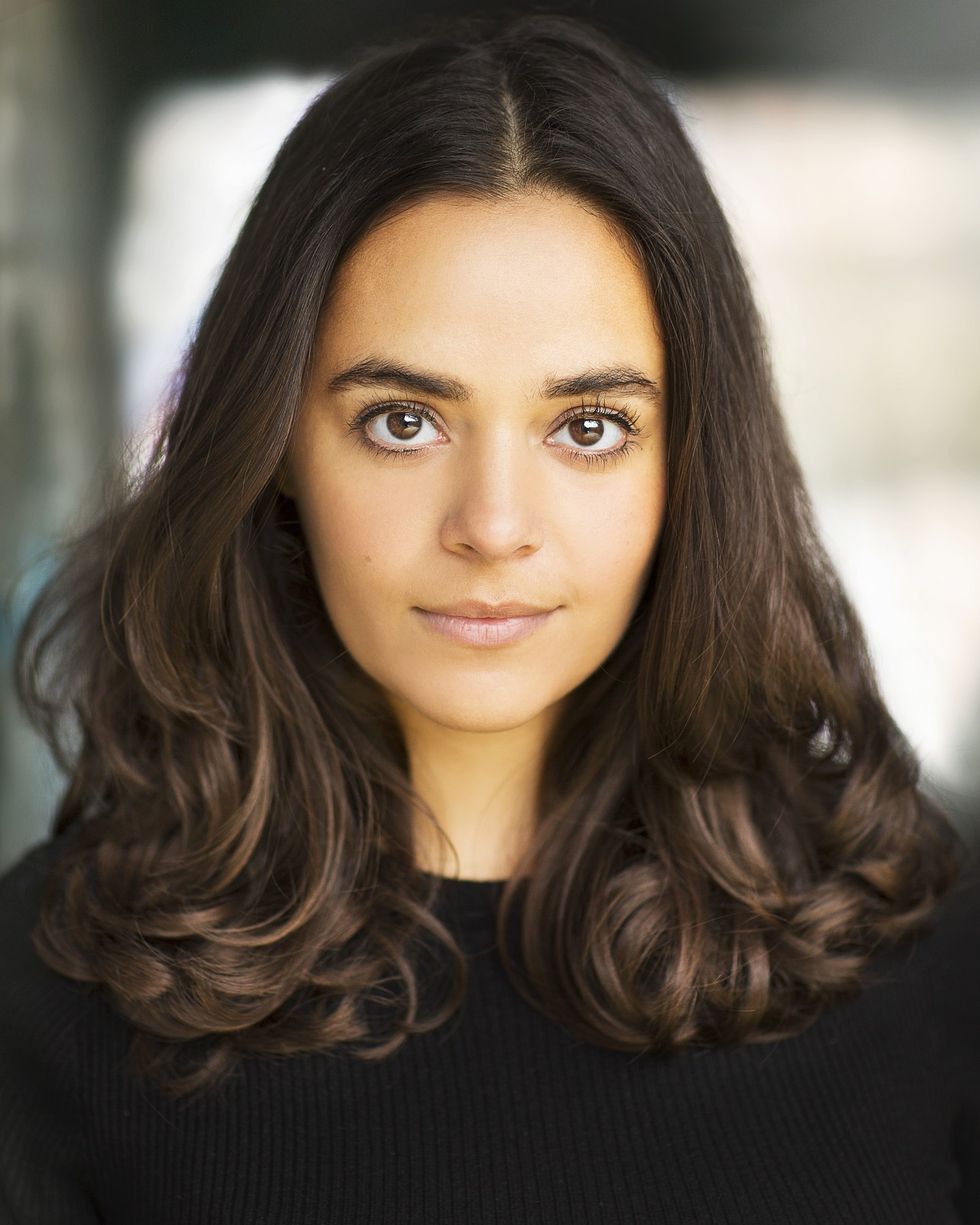
Elizabeth Berrington (Good Omens, The Nevers) also joins Virdee as DS Clare Conway and Danyal Ismail (All the Lights Still Burning, The Outrun) will play DS Amin. The cast also includes Tomi May (Justice League), Andi Jashy (Gangs of London), Hussina Raja (Look at Us), Ashkay Kumar (Double Blind), Madiha Ansari (Home Sick), Jason Patel (Unicorns), Conor Lowson (The Bay) and Rupert Procter (Doctors).
Multi-award-winning composer Hans Zimmer (Interstellar, The Dark Knight) will compose the Virdee title theme with James Everingham and Shashwat Sachdev from Bleeding Fingers. They will also work on the series score with trainees from Bleeding Fingers and Screen Academy Bradford, to give youngsters hands-on experience of composing for the screen.
Dhand, who has unusually written the screenplay himself so that the drama is authentic and his characters are not given irritating “Indian accents”, hailed “a truly diverse cast, with an abundance of talent, but most important, real passion for this show”.
He added, “Staz Nair brings Harry Virdee authentically to life not only with a real physical presence but also an emotional depth that instantly resonated with us all.”
Virdee is produced for the BBC by the TV company, Magical Society. Its executive producer, Paul Trijbits (Jane Eyre, The Casual Vacancy, Saving Mr Banks), said: “From the moment we acquired the rights to Amit’s book, we set out on a long journey with the highest hopes and ambitions of what an adaptation of his series of Harry Virdee books could deliver.
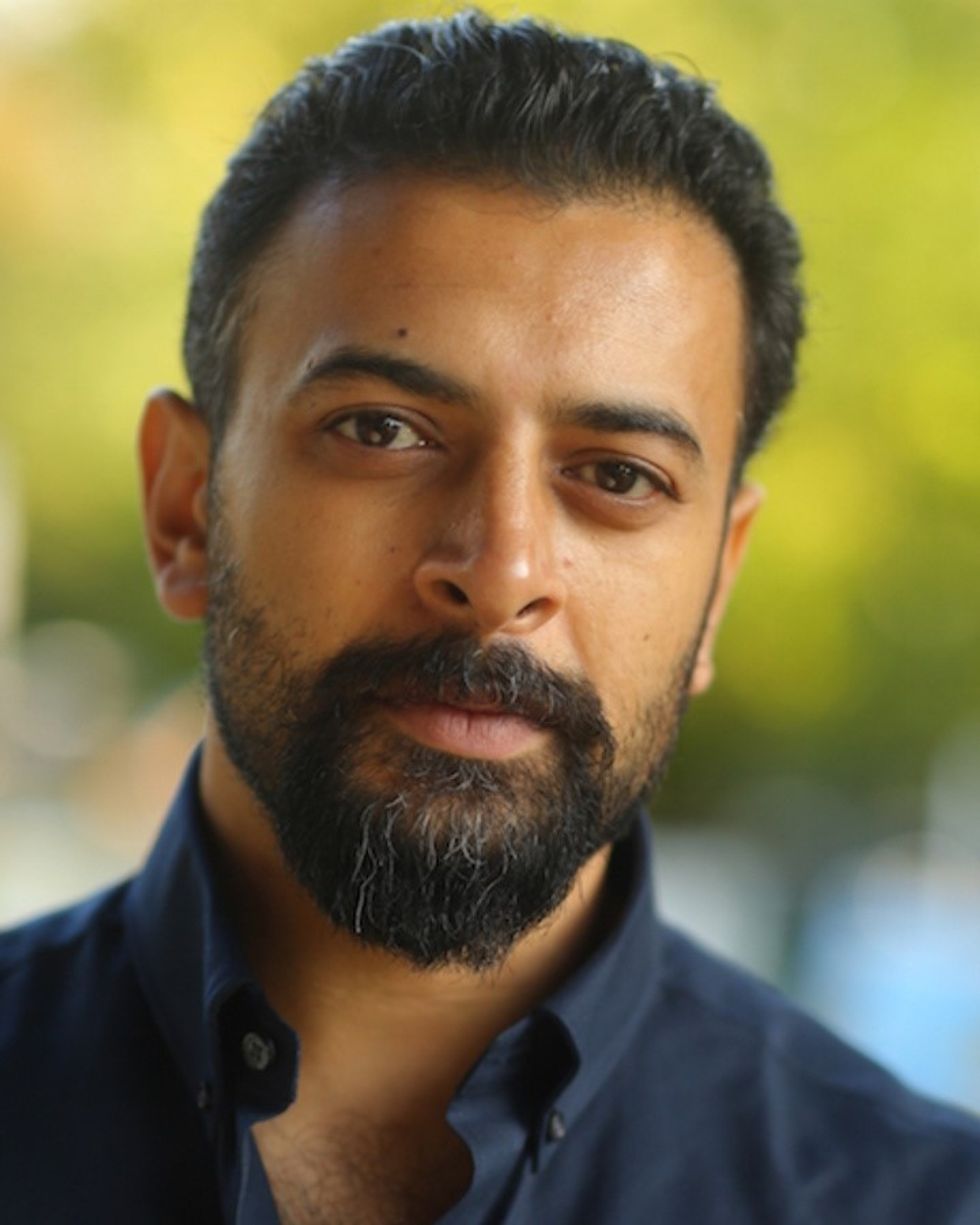
“A first mainstream British Asian-led crime series for BBC One, set in the immensely culturally diverse city of Bradford with a fascinating and deeply complex hero at its heart. Amit, who knows, lives and breathes Harry Virdee’s world, has brilliantly adapted his books, delivering a world that is both authentic and heightened.”
The crime drama is directed by Mark Tonderai (Doctor Who, Foundation).
The show makers “have also partnered with Bradford Council to create Screen Academy Bradford, which offers a series of specific training programmes across all departments of TV production, enabling those who apply the chance to learn and work in the TV industry”, the BBC said.
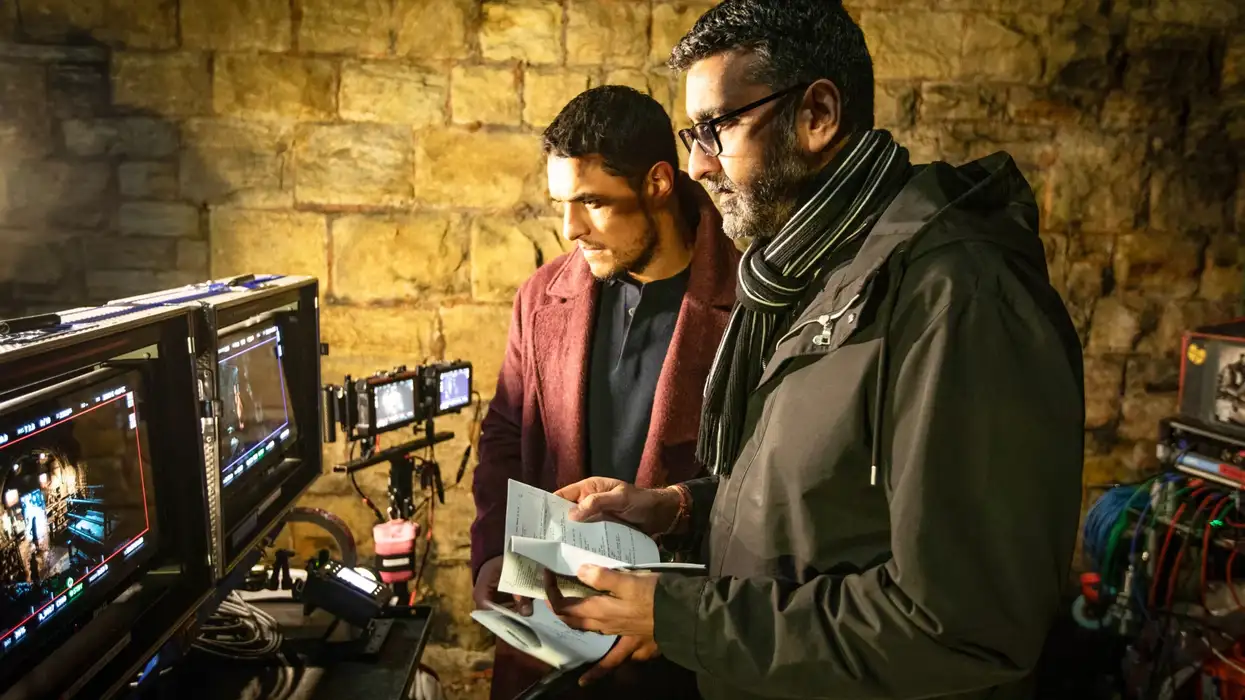




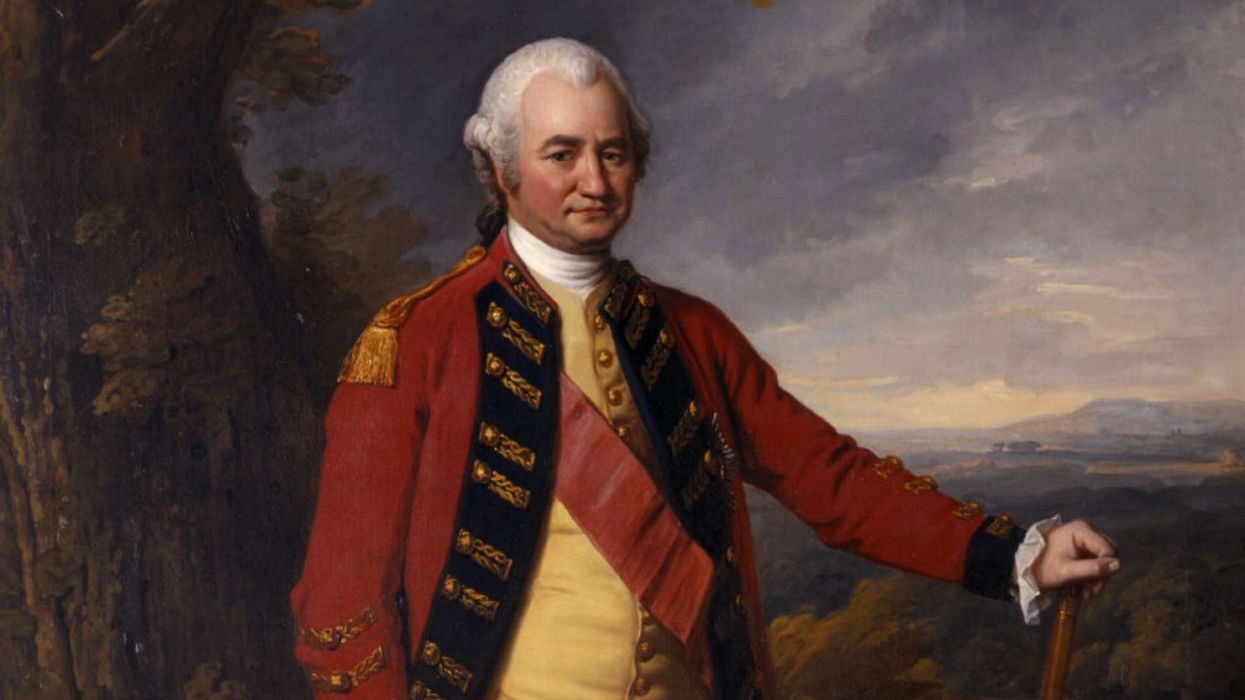
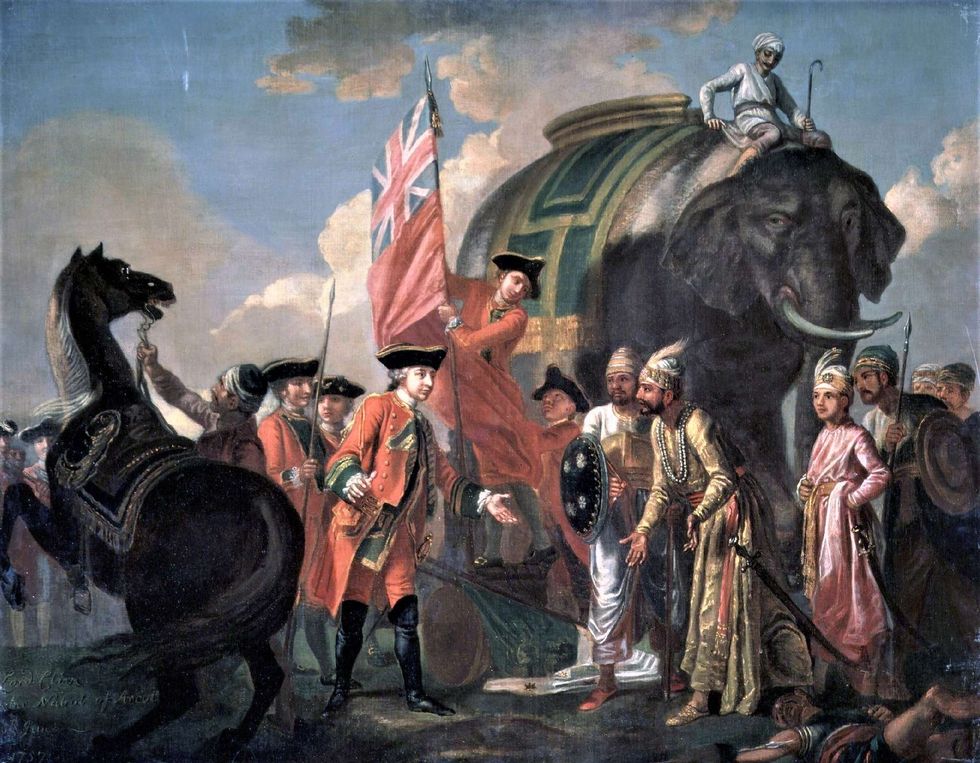 Clive meeting Mir Jafar after the Battle of Plassey 1757
Clive meeting Mir Jafar after the Battle of Plassey 1757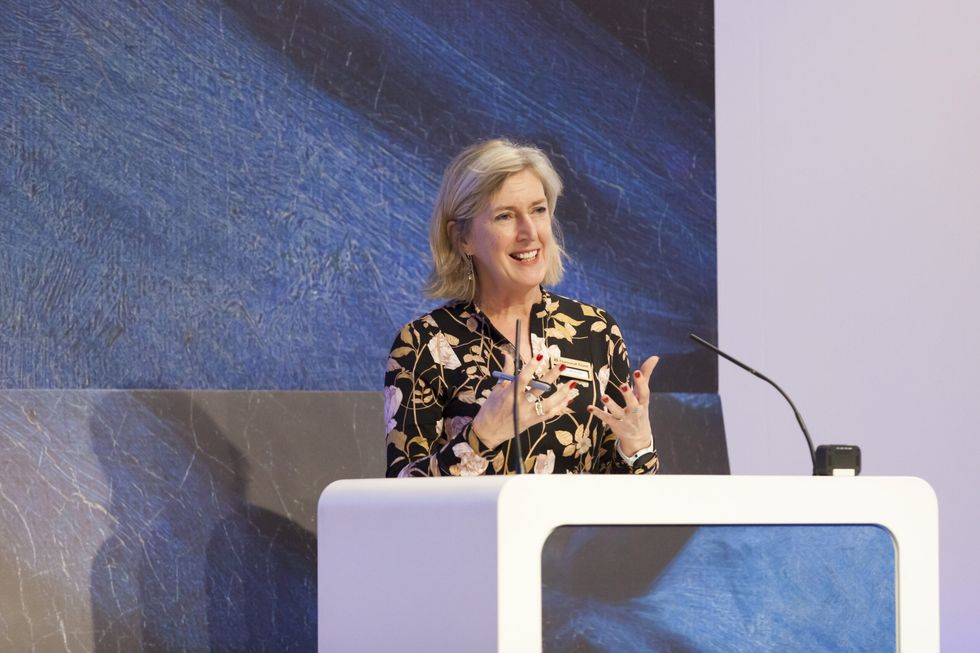 National Trust director general Hilary McGrady
National Trust director general Hilary McGrady 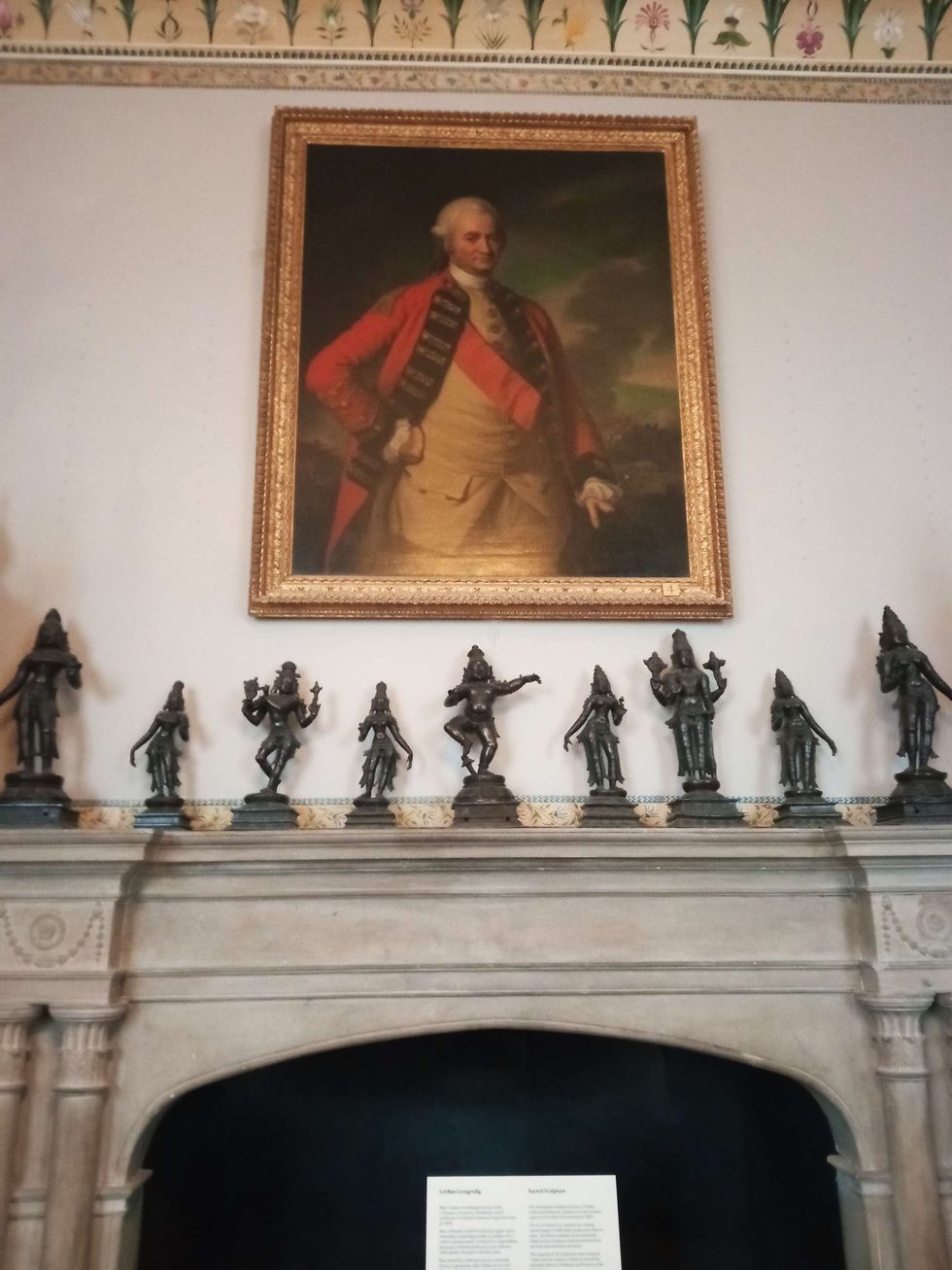 Powis Castle photo of four Clive dominates Hindu Gods
Powis Castle photo of four Clive dominates Hindu Gods  Clive of India at Foreign Office entrance
Clive of India at Foreign Office entrance 





